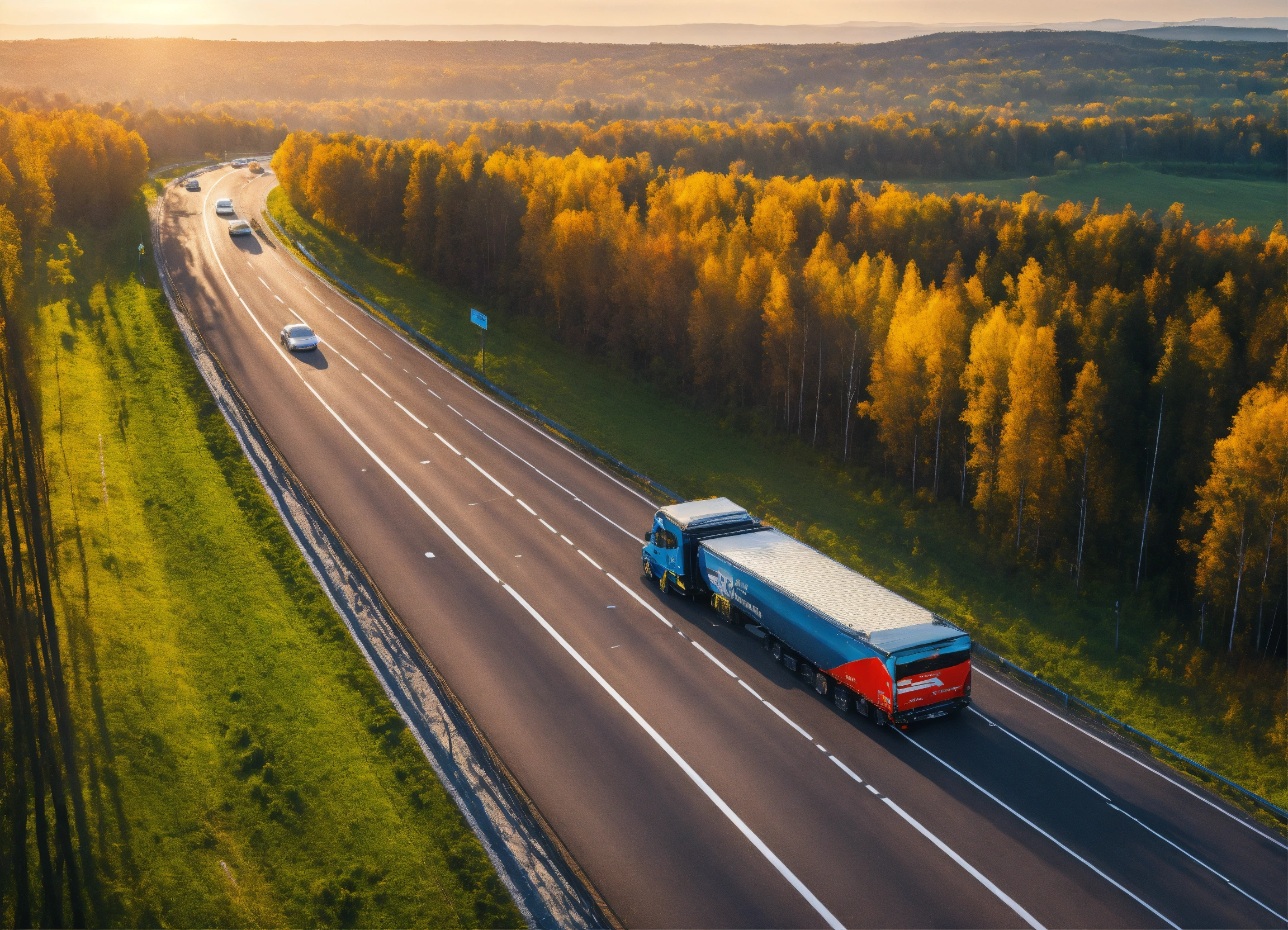
Victoria has officially entered the hydrogen age. In a move aimed at slashing transport emissions and accelerating the state’s clean energy transition, the first hydrogen-powered transport trials have launched across several regions.
As Australia pushes to decarbonise its economy, hydrogen has emerged as a promising solution—especially for sectors that are hard to electrify. Unlike battery-electric vehicles, hydrogen fuel cell vehicles (FCEVs) can refuel quickly and travel long distances, making them ideal for heavy-duty transport and regional use.
Victoria’s government sees hydrogen not just as a climate solution but also as an opportunity to create jobs, grow new industries, and strengthen energy resilience. With global demand for clean hydrogen expected to soar, early investment could put Victoria ahead of the curve.
The trials are being rolled out in partnership with local councils and private operators. In Melbourne’s west, a fleet of hydrogen-powered buses is being tested on busy commuter routes. Meanwhile, in regional areas like Geelong and Bendigo, hydrogen trucks are being trialled for freight transport and logistics.
Each trial is designed to test different aspects of the technology—from fueling infrastructure and performance in local climates, to maintenance costs and user feedback. The data gathered will help shape future hydrogen strategies and inform large-scale rollouts.
One of the key challenges in scaling hydrogen transport is infrastructure. Unlike petrol stations, hydrogen refueling points are still few and far between. But that's beginning to change. Victoria’s first publicly accessible hydrogen refueling station opened in 2023 in Altona, and more are on the way as part of this trial.
The state is also investing in local hydrogen production, primarily from renewables and electrolysis, to ensure the hydrogen used is genuinely clean. By generating hydrogen closer to where it’s needed, the state hopes to reduce reliance on imported fuels and boost energy independence.
If the trials succeed, hydrogen could play a major role in cutting emissions from transport—Australia’s third-largest source of greenhouse gases. According to experts, just replacing diesel buses and trucks with hydrogen alternatives could save thousands of tonnes of CO₂ annually.
Economically, the hydrogen sector could generate billions in revenue and thousands of new jobs by 2050. Victoria’s early moves are aimed at building the technical expertise and supply chains that will support long-term growth.
These trials mark the beginning of a long journey, not the end. Policymakers, scientists, manufacturers, and everyday commuters all have a role to play in making hydrogen transport mainstream. Public engagement and continued investment will be critical to overcoming the remaining hurdles—technical, financial, and regulatory.
If successful, Victoria could become a national leader in hydrogen mobility. Already, other states are watching closely as the trials unfold.
Victoria’s hydrogen-powered transport trials are a bold step toward a cleaner, smarter, and more sustainable future. While challenges remain, the trials signal a commitment to innovation and a vision of a net-zero transport system. Whether you're riding a bus in Melbourne or driving freight in Bendigo, the hydrogen revolution might soon be coming to a road near you.
Get expert insights on tech, transport, finance, and digital life. Subscribe now and stay ahead of the curve.